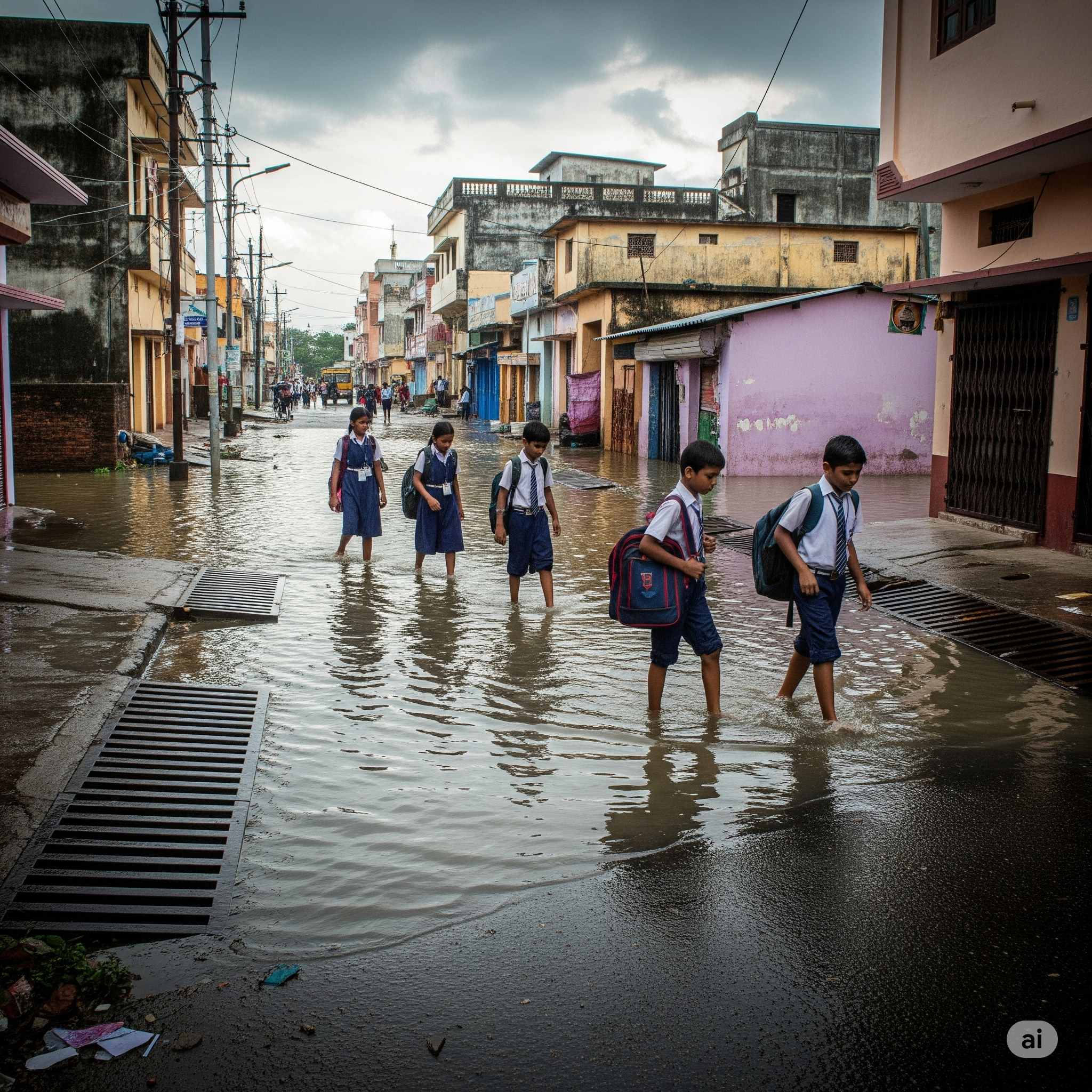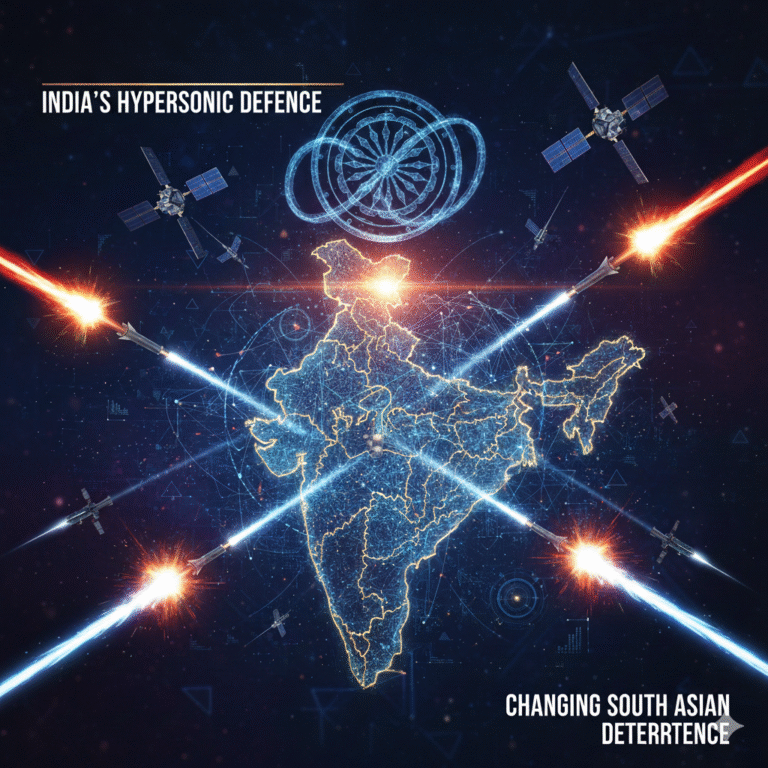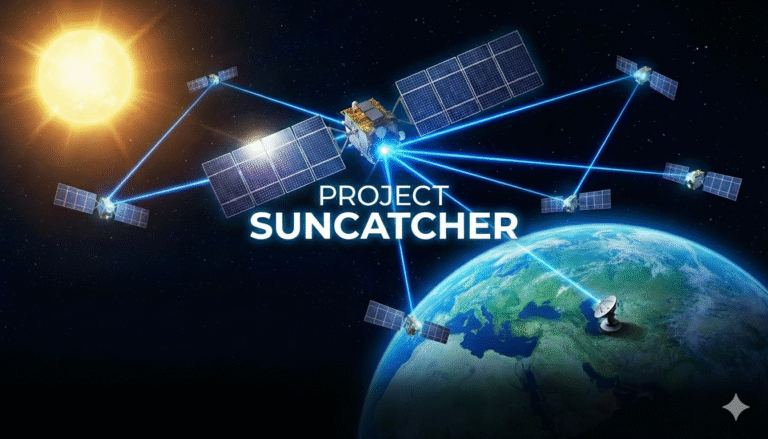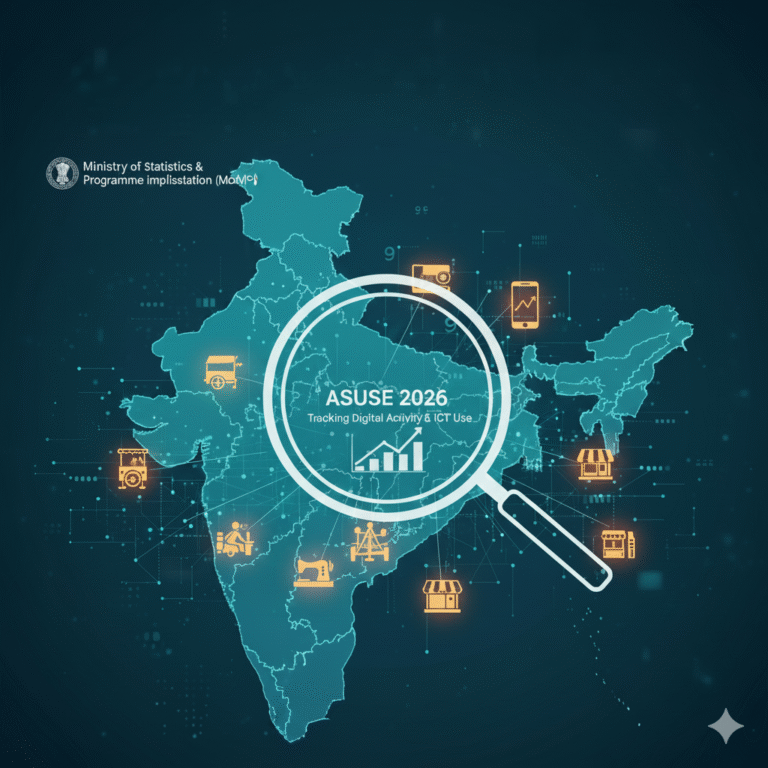Every year, as the monsoon sets in, Indian cities experience the familiar nightmare of waterlogged streets, overflowing drains, and traffic paralysis. Beneath the inconvenience lies a deeper, more dangerous reality: a health crisis driven by dysfunctional urban drainage.
India’s rapid urbanisation has far outpaced its infrastructure. While buildings multiply, drainage systems remain clogged, outdated, and underfunded. The consequences are deadly.
⚠️ The Health Hazards Lurking in Overflowing Drains
Stagnant water and overflowing sewers during monsoon are breeding grounds for waterborne diseases:
- Dengue, Malaria, and Chikungunya: Mosquitoes thrive in standing water.
- Leptospirosis and Cholera: People wading through floodwaters are exposed to bacterial infections.
- Gastrointestinal Diseases: Contaminated water infiltrates drinking supplies.
According to the Ministry of Health, waterborne diseases spike by up to 50% during monsoon in cities like Mumbai, Delhi, and Kolkata.
📝 The Root Causes of Urban Drainage Failure
1. Outdated Drainage Infrastructure
Many Indian cities still use colonial-era drainage systems not designed for current population densities or rainfall intensities.
2. Unplanned Urban Growth
Concrete structures have replaced natural water-absorbing surfaces, leading to increased runoff and reduced groundwater recharge.
3. Encroachment on Natural Water Bodies
Lakes, wetlands, and stormwater channels have been filled for construction, cutting off natural drainage paths.
4. Poor Maintenance and Waste Management
Garbage dumped into open drains leads to chronic blockages, especially during peak rains.
5. Climate Change
Extreme weather events and erratic rainfall patterns are putting unpredictable pressure on already fragile systems.
🚗 Case Study: Bengaluru’s Urban Flooding and Disease Burden
In 2022, parts of Bengaluru were underwater for days. Hospitals reported a surge in:
- Skin infections
- Typhoid
- Respiratory illnesses due to mold and damp housing
City planners blamed a lack of stormwater drainage mapping and encroachment on over 800 stormwater drains.
📊 Policy Gaps and Institutional Challenges
- Fragmented governance between municipal bodies and water authorities
- Lack of integrated urban water management plans
- Inadequate enforcement of zoning laws
- Budget allocations skewed toward road construction rather than underground drainage
🛠️ Solutions: What Can Be Done
1. Green Infrastructure
Introduce permeable pavements, rain gardens, and bio-swales to reduce runoff and improve absorption.
2. Stormwater Drainage Mapping
Digital GIS-based mapping of drainage networks can aid in maintenance and planning.
3. Public Education and Behavioural Change
Encourage citizens to avoid littering, segregate waste, and report clogged drains.
4. Integrated Urban Water Management (IUWM)
Coordinate across departments to manage sewage, drainage, and water supply as a connected system.
5. Revive Lakes and Wetlands
Protecting and restoring natural drainage basins can dramatically improve urban flood resilience.
6. Smart Monitoring Systems
IoT sensors and real-time flood warning systems can help cities respond faster.
💪 Community Participation: The Unsung Heroes
Cities like Pune and Chennai have shown that involving RWAs (Resident Welfare Associations), NGOs, and schools in cleaning and maintaining local drains can lead to lasting change.
✅ Final Thoughts: Urban Drainage is a Public Health Priority
India’s urban drainage crisis is more than an infrastructure issue—it’s a public health emergency waiting to worsen with every monsoon. With climate change amplifying rainfall unpredictability, sustainable drainage systems must become core to urban planning.
Only when city planning integrates health, climate resilience, and citizen participation can India build safer, cleaner, and more liveable cities.









+ There are no comments
Add yours